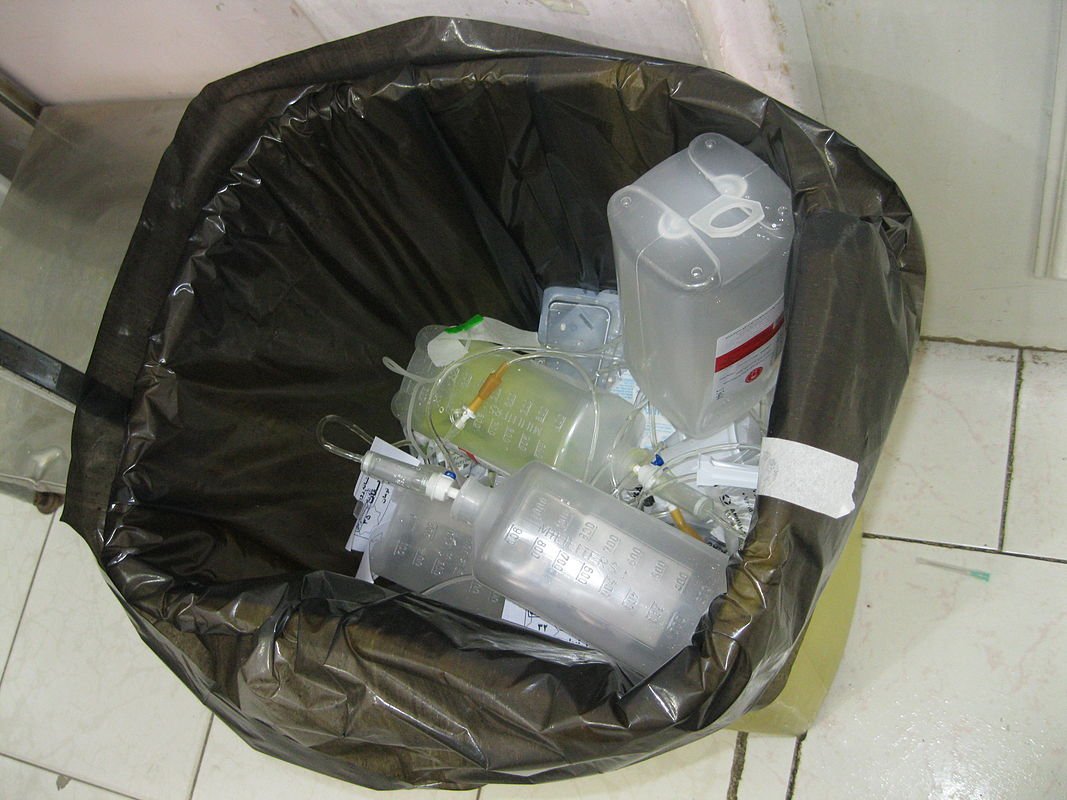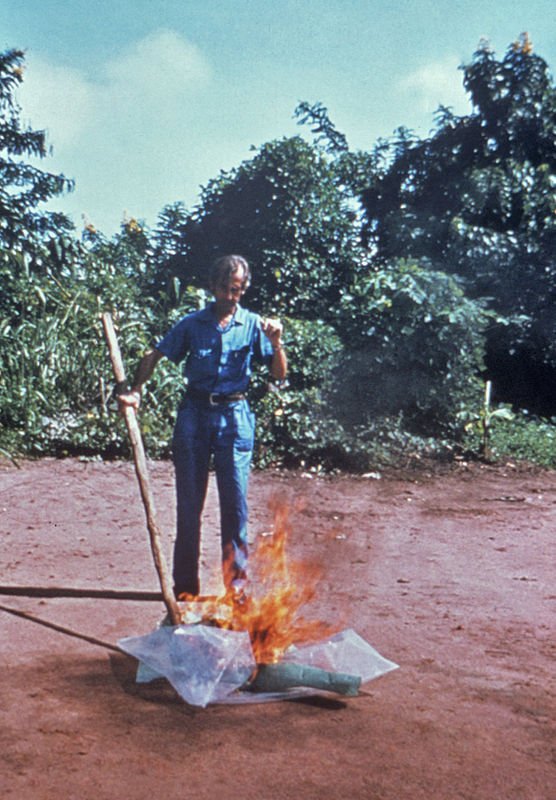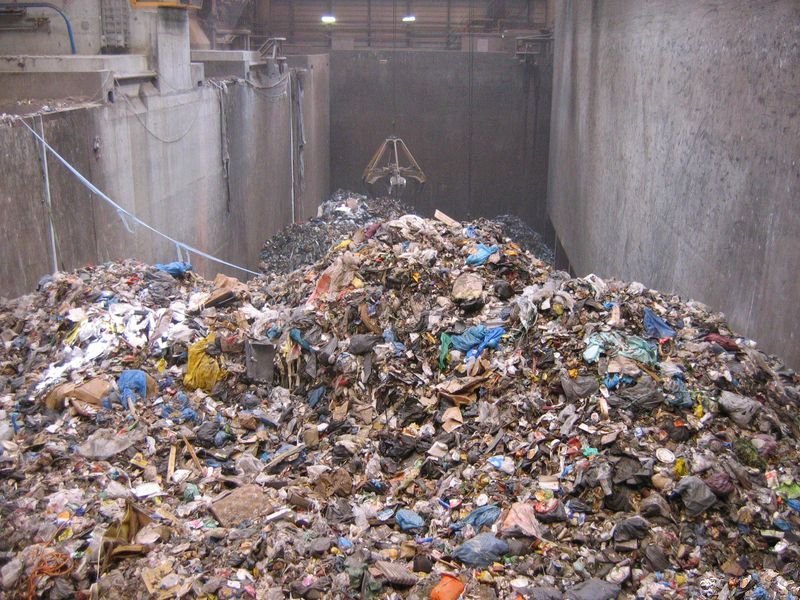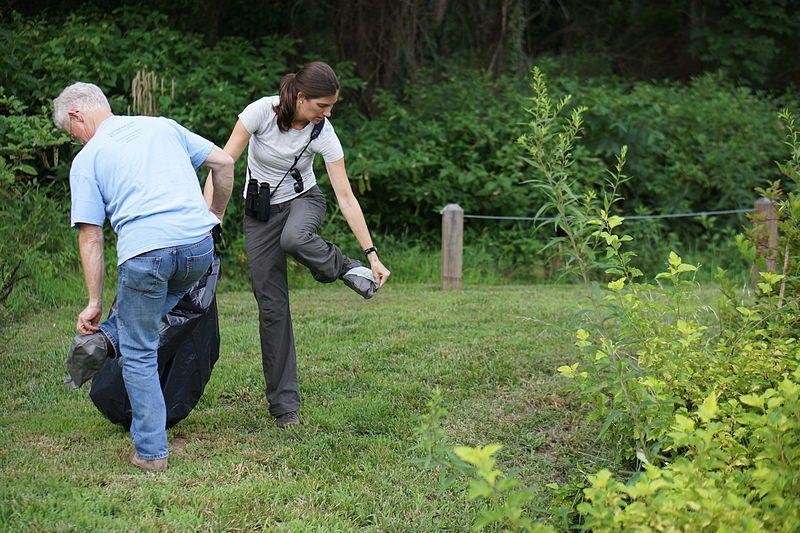Medical waste disposal is a major concern worldwide because of the hazards that could result from poor management of hospital waste. Health care workers generate medical waste on a daily basis these materials generated are categorized into:
• Highly infectious waste
• Infectious Waste
• General waste.

HIGHLY INFECTIOUS WASTE
- Human Products - These are by-products of surgeries, and medical procedures e.g. organs, body parts, items contaminated by blood/body fluids, soiled cotton wool, and dressing, used or discarded blood bags etc.
Color CODE: RED
These waste should be treated with care because they may be gotten from a patient with highly contagious diseases e.g. HIV, Hepatitis B, C etc. improper disposal of these type of waste could lead to transmission of blood-borne diseases to the unsuspecting residents of the particular community.
- INFECTIOUS WASTE. These are classified into two groups.
a) Sharps – these are all ‘used sharp objects ‘e.g. needles, broken ampoules, surgical blades etc. sharps are dangerous because they have come in contact with blood products (which may be highly infectious). Mishandling of sharp objects may earn a prick which could be disastrous.
DISPOSAL: SHARP SAFETY BOX
b) Non-Sharps – These are used catheters, tubes, cannulas, syringes, plastic IV bottles, used gloves, Lab waste etc. These groups also have come in contact with blood products and they could transmit blood-borne diseases.
Color CODE- YELLOW

GENERAL WASTE.
These group of products is harmless and non-infectious. E.g. include plastic materials, papers, disposables, cardboards, broken tables etc.
Color CODE: BLACK

Proper disposal of medical waste is important to prevent
Environmental pollution – improper disposal of medical waste could lead to pollution of the air, water or land where the waste disposal was made.
Transmission of infection- improper disposal of medical waste will increase the risk of transmission of infection from the infected products to an unsuspecting population
WAYS OF WASTE DISPOSAL.
As mentioned earlier, wastes are collected according to their risk of infection transmission. Sharps are collected in a ‘sharps disposal box’, liquid wastes are collected in containers that are leak proof and non-breakable. These wastes are then
 wiki commons GST HBK with public domain
wiki commons GST HBK with public domain
Stage 1 ( SORTING STAGE)
This is the process of separating liquid waste from solid waste(sharps and non-sharps) for further action.Stage 2(Transportation)
This is the movement of waste products to the point of final disposal/Treatment.Stage 3(Treatment stage)
This is a process of recycling/making a medical waste less harmful to the environment and population. There are two ways of waste treatment. They include:
 wiki commons
wiki commons
a) #Incineration- The ‘general waste’ are usually incinerated the plastics are don’t go through this phase.
b) #Non-incineration method. - The infectious wastes generated are further subjected to thermal, chemical and biological processes to make them less harmless to the environment and the community.
- Stage 4
This is the final process of waste disposal. There are different regulations and guidelines for waste disposal per countries. Liquid waste is finally disposed off in a sanitary sewer system, while solid waste is disposed on land, according to the land waste management acts specifically to the country.

CONCLUSION
Disposal of medical waste is one of the biggest challenges faced by the healthcare industry. Unfortunately, some health facilities have erred in their disposal of medical waste, causing danger to the nearby community. Proper health education would go a long way in reducing the risk of contracting diseases from non-proper waste disposal.
- REFERENCE
Medial Waste disposable guide


